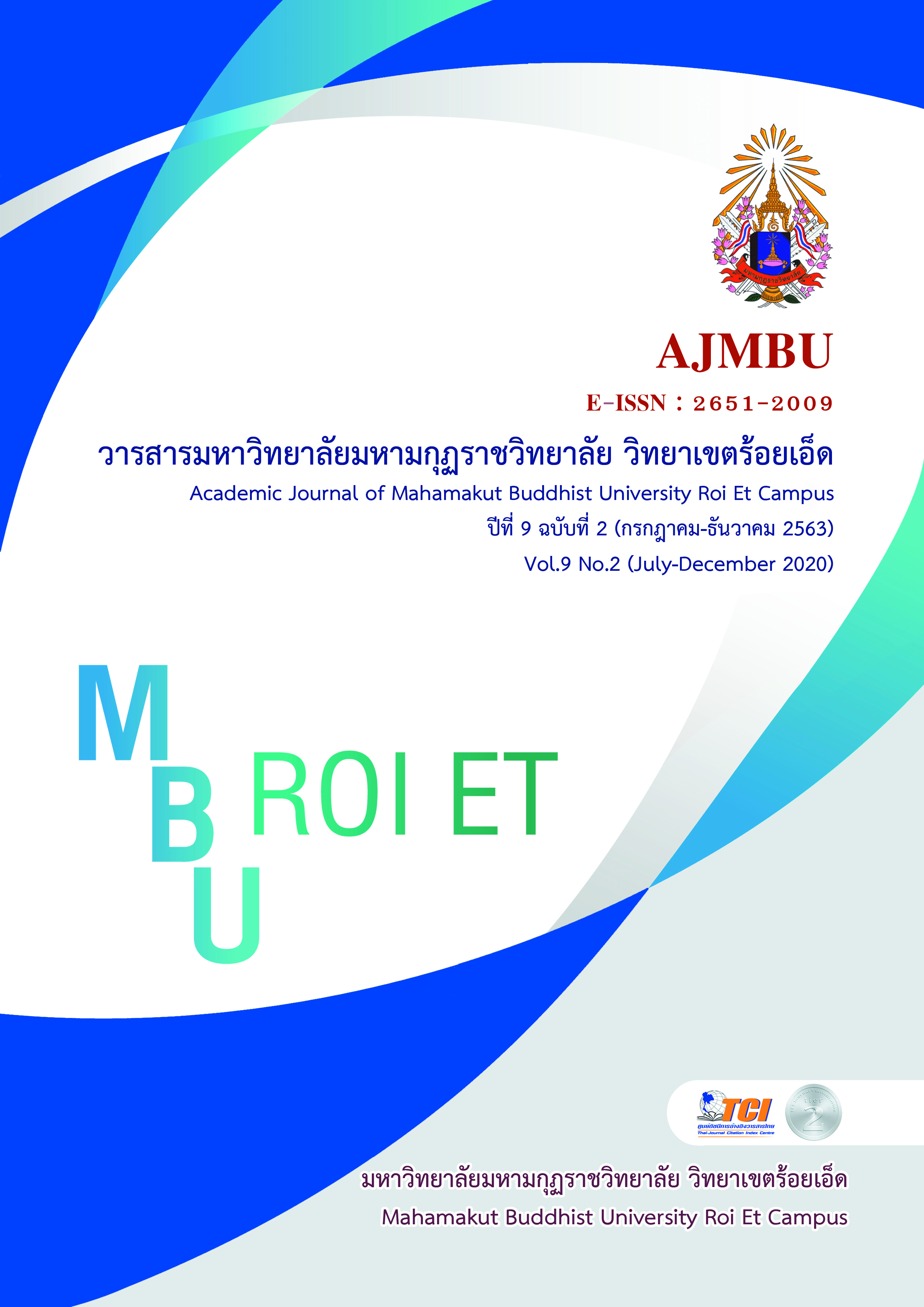The Comparisons of Criterion Indicators for Smart Mobility Evaluation
Main Article Content
Abstract
Nowadays, technology plays an important role in daily life of humans, specifically mobility. This change has been affected to the mobility patterns to respond to the needs and keep attached to the world. Therefore, the concept of urban development in commuting is Smart Mobility, one dimension of the Smart City concept where numerous international organizations and research institutions have developed and developed smart mobility indicators. The purpose of this research was to compare indicators for being cities with smart mobility systems developed by organizations and research institutions at the international level, namely, CITYkeys, ISO, SCIS, ITU, and ETSI in order to perceive which indicators involved with the cities where can be called Smart Mobility. The results revealed that smart mobility cities consisted of efficient mobility indicators, various mobility accessing indicators, and ICT applied infrastructure indicators. All three indicators are important mechanisms assisting the mobility system to be intelligent.
Article Details
References
สุริยานนท์ พลสิม. (2562). นิยาม องค์ประกอบ ตัวชี้วัด และผลลัพธ์ของเมืองอัจฉริยะ (Understanding Smart City). สืบค้นเมื่อ 20 กรกฎาคม 2562. จาก https://www.researchgate.net/publication/331008437_niyam_xngkhprakxb_tawchiwad_leaphllaphthkhxngmeuxngxacchriya_Understanding_Smart_City
Aleksander Orlowski and Patrycja Romanowska. (2019). Smart Cities Concept- Smart Mobility Indicator. Retrieved October 17, 2019. From https://www.reserchgate.net/publication/330956892_Smart_Cities_Concept_Smart_Mobility_Indicator
Antonio Garrido Marijuán, Ghazal Etminan, Sebastian Möller. (2017). SMART CITIES INFORMATION SYSTEM: KEY PERFORMANCE INDICATOR GUIDE. Retrieved December 3, 2018. From https://smartcitiesinfosystem.eu/sites/default/files/document/scis_kpi_guide.pdf
Brussels Smart City. (n.d.). What is a smart city?. Retrieved July 23, 2019. From https://smartcity.brussels/the-project-definition
Clara Benevolo and Renata Dameri. (2016).Smart Mobility in Smart City. Action taxonomy, ICT intensity and public benefits.Retrieved October 18, 2019. From https://www.researchgate.net/publication/284916936_Smart_Mobility_
Cruise Copenhagen. (n.d.). Copenhagen: A Sustainable City. Retrieved July 23, 2019. From https://www.visitcopenhagen.com/cruisecopenhagen/copenhagen/copen haen -sustainable-city
Distributed Adaptive Systems. (n.d.). Smart Mobility. Retrieved February 15, 2019. From https://das.fbk.eu/taxonomy/term/11
ETSI. (2017). Operational energy Efficiency for Users (OEU) KPIs for Smart Cities. Retrieved January 14, 2018. From https://www.etsi.org/deliver/etsi_gs/OEU/001_099/019/01.01.01_60/gs_OEU019v010101p.pdffbclid=IwAR3dIQA7f6jRHYHMUixdxWJfTTiNlrvSbp7kohnV1AncWgRQIsm710aAuU
Giffinger, R., Fertner, C., Kramar, H., Kalasek, R., Pichler-Milanović, N., &Meijers, E . (2007). Smart Cities - Ranking of European medium-sized cities. Retrieved July 25, 2019. From http://curis.ku.dk/ws/files/37640170/smart_cities_final_ repoit.pdf
in_Smart_City_Action_taxonomy_ICT_intensity_and_public_benefits
ISO. (2014). ISO/IEC JTC 1 Information technology Smart cities. Retrieved December 15, 2018. From https://www.iso.org/files/live/sites/isoorg/files/developing_ standards/docs/en/smart_cities_report-jtc1.pdf
ITU. (2016).Key performance indicators related to the use of information and communication technology in smart sustainable cities.Retrieved December 13, 2018, From https://www.itu.int/rec/dologin_pub.asp?lang=e&id = T-REC-L. 1601-201606-I!!PDF-E&type=items
ITU-T. (2016). Key performance indicators for smart sustainable cities to assess the achievement of sustainable development goals. Retrieved December 16, 2018. From https://www.itu.int/itut/recommendations/rec.aspx?rec=12884
ITU-T. (2016). Key performance indicators related to the sustainability impacts of information and communication technology in smart sustainable cities. Retrieved December 16, 2018. From https://www.itu.int/itut/recommendatio
Linda M. Bravo. (2017). What Exactly Is a Smart City ?. Retrieved September 1, 2019. From https://www.economicjournal.co.uk/2017/11/what-exactly-is-a-smart-city/
M D Pop and O Protean. (2019). Dentification of Significant Metrics and Indicators for Smart Mobility. Retrieved October 18, 2019 from https://iopscience. iop.org/article/10.1088/1757899X/477/1/012017/metans/rec.aspx?rec=12662
Peter Bosch, Sophie Jongeneel, Vera Rovers (TNO), Hans-Martin Neumann (AIT), MiimuAiraksinen and AapoHuovila (VTT). (2017). CITY keys indicators for smart city projects and smart cities. Retrieved December 20, 2018. From http://nws.eurocities.eu/MediaShell/media/CITYkeystheindicators.pdf
Sarfraz N. Brohi, David Asirvatham. (2018).Smart Mobility Cities: connecting Bristol and Kuala Lumpur Project Report. Retrieved March 18, 2019. From https://www.academia.edu/37538337/Smart_Mobility_Cities_Connecting_Bristol_and_Kuala_LumpuL

